Erosion DefinitionIntroduction: Understanding the Basics of ErosionErosion is soil, rock, or sediment transported and displaced by natural forces like wind, water, and ice. It is a natural phenomenon occurring on the Earth's surface for millions of years. Erosion is an essential part of the Earth's geologic cycle, and it plays a significant role in shaping the planet's landscapes, creating unique features such as canyons, valleys, and mountains. Erosion can happen at a slow pace, as in the case of the gradual decline of coastlines or the weathering of rocks, or it can occur rapidly, such as in the case of landslides and flash floods. The speed and severity of erosion depend on various factors, including the type of soil or rock, the slope of the land, the amount and intensity of precipitation, and the presence or absence of vegetation. There are different types of erosion, each with its specific causes and effects. Water erosion, for example, occurs when flowing water wears away the soil and rocks, carrying them downstream. Wind erosion happens when strong winds lift and carry loose particles of sand and dust. Glacier erosion occurs when moving glaciers grind away at the Earth's surface, scraping and carving valleys and other formations. While erosion is natural, human activities can significantly accelerate and exacerbate it. Deforestation, overgrazing, urbanization, and intensive farming are just a few examples of human practices that can cause erosion. These activities can remove vegetation cover, destabilize soils, and alter the natural water flow, increasing soil erosion and land degradation. The consequences of erosion can be severe. Soil loss can reduce agricultural productivity, water pollution, and habitat destruction. Land degradation caused by corrosion can result in reduced biodiversity and decreased ecosystem services, such as carbon sequestration and water purification. Furthermore, erosion can significantly threaten human lives and property, causing landslides, floods, and other natural disasters. To effectively tackle erosion, it is essential to have a comprehensive understanding of its underlying causes, its negative impacts on the environment, and the potential solutions and strategies that can be implemented to mitigate its effects. Effective erosion control measures include restoring vegetation cover, implementing sustainable land use practices, and managing water runoff. It is also essential to raise public awareness about protecting natural resources and preserving the environment for future generations. In conclusion, erosion is a natural process that plays a vital role in shaping the Earth's surface. However, human activities can significantly accelerate erosion and lead to severe environmental and social consequences. By understanding the basics of erosion and implementing effective erosion control measures, we can protect our natural resources and ensure a sustainable future. Defining Erosion: An Overview of Its Meaning and Importance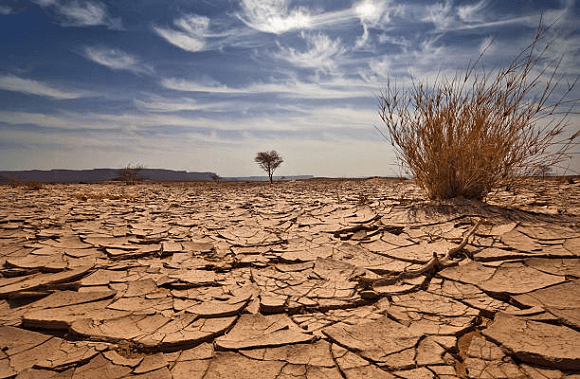
Erosion is a natural process that occurs when soil, rock, or sediment is moved and displaced by natural forces such as water, wind, or ice. It is a continuous process shaping the Earth's surface for millions of years. Erosion is essential to the Earth's geologic cycle and is critical in shaping the planet's landscapes. Erosion is caused by natural forces such as rain, wind, and ice, which can transport soil particles and rocks from one location to another. These natural forces can also break down rocks and soil into smaller particles, which are more easily transported. Erosion can also be accelerated by human activities such as deforestation, agriculture, and construction. The importance of erosion lies in the fact that it shapes the Earth's surface, creating unique and diverse landscapes. Erosion can create canyons, valleys, mountains, and other natural features. It also plays a critical role in soil formation and nutrient cycling, which is essential for plant growth and ecosystem health. Without erosion, the Earth's surface would be flat and featureless, and the soil would be less fertile, making it difficult for plants to grow. However, erosion can have negative consequences, particularly when human activities accelerate. Soil erosion can lead to reduced soil fertility, increased sedimentation in rivers and lakes, and increased water pollution. It can also cause land degradation, resulting in reduced agricultural productivity, loss of biodiversity, and increased risk of landslides and other natural disasters. Therefore, it is essential to manage erosion effectively to mitigate its negative impacts and ensure its positive environmental contributions. Strategies for erosion control include restoring vegetation cover, implementing sustainable land use practices, and managing water runoff. Effective erosion control can help protect the environment, maintain soil fertility, and ensure sustainable development. In conclusion, erosion is a natural process critical in shaping the Earth's surface and supporting ecosystems. However, human activities can accelerate erosion and have negative environmental and social consequences. Effective erosion control measures are crucial to managing erosion and ensuring its positive contributions to the environment. Types of Erosion: Understanding the Different Forms and Causes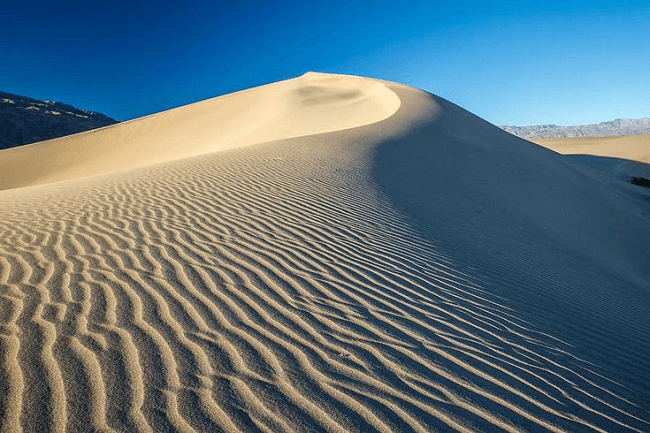
Erosion is a natural process that can occur in different ways, depending on the type of natural force involved. There are four main types of erosion, each with its specific causes and effects. These are water, wind, glacier, and coastal erosion. Water erosion is the most common type and occurs when flowing water wears away soil and rocks, carrying them downstream. Rainfall, rivers, and waves can cause water erosion. The effects of water erosion can be seen in the formation of gullies, river valleys, and canyons. Wind erosion occurs when strong winds lift and carry loose particles of sand and dust, causing them to be deposited elsewhere. Wind erosion is common in arid regions with little vegetation cover, such as deserts. Wind erosion can lead to the formation of dunes and can cause soil degradation. Glacier erosion occurs when moving glaciers scrape and carve out the Earth's surface, creating valleys and other formations. Glacier erosion can be caused by climate change, which can melt glaciers and alter their movement patterns. Glacier erosion can have significant impacts on the landscape and can lead to the formation of fjords and other coastal features. Coastal erosion occurs when waves and currents wear away the shore, causing land to be lost to the sea. Coastal erosion can be caused by natural processes such as storms and tidal changes or human activities such as coastal construction and sea level rise. Coastal erosion can result in habitat loss, property damage, and an increased risk of flooding. In conclusion, understanding the different types of erosion and their causes is crucial for managing environmental degradation and protecting natural resources. Effective erosion control measures include restoring vegetation cover, implementing sustainable land use practices, and managing water runoff. With the proper management of erosion, it is possible to minimize its negative impacts and ensure a sustainable future. Exploring the Role of Climate and Geology In Erosion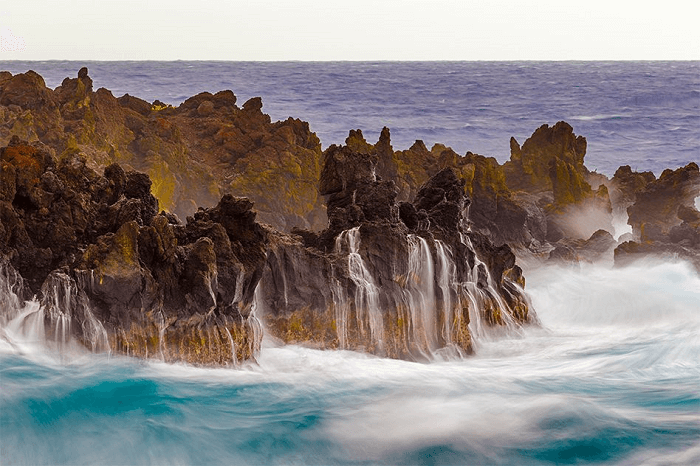
Erosion is a natural process due to various factors, including climate and geology. Understanding the role of these natural causes is crucial for managing erosion and mitigating its negative impacts on the environment. The climate is a significant factor in erosion. Rainfall, snowmelt, and other forms of precipitation can cause erosion by washing away soil and sediment. The intensity and frequency of precipitation events can have a significant impact on the rate of erosion. Areas with high rainfall or heavy snowfall levels are more susceptible to erosion than areas with lower precipitation levels. Temperature is another climate-related factor that affects erosion. Freeze-thaw cycles can cause rocks and soil to crack, increasing erosion. In areas with extreme temperature fluctuations, such as mountainous regions, erosion can occur more rapidly. Geology is also a significant factor in erosion. The type of rock and soil in an area can affect how easily it erodes. Soft stones like sandstone and shale erode faster than hard rocks like granite. The slope of the land also plays a role in erosion, with steeper slopes leading to more rapid erosion. Natural disasters like earthquakes, volcanic eruptions, and landslides can also cause erosion. These events can result in the sudden movement of large amounts of soil and rock, leading to significant erosion and environmental damage. In conclusion, natural causes such as climate and geology are critical to erosion. Understanding these factors is crucial for developing effective erosion control measures and protecting the environment. By managing erosion, we can ensure the sustainability of the Earth's natural resources for future generations. The Effects of Land Use, Deforestation, and Construction on Erosion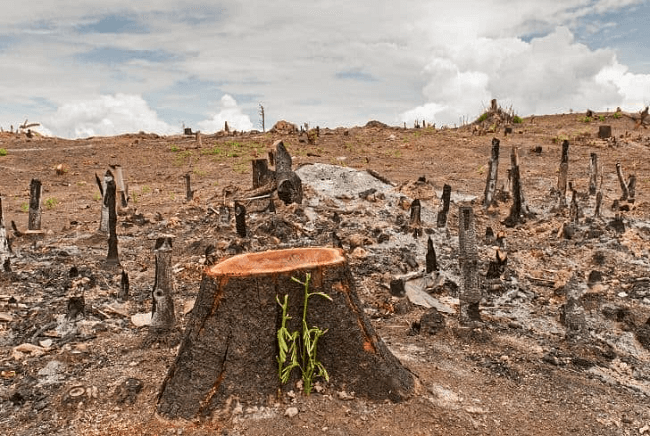
While erosion is natural, human activities can significantly exacerbate its effects. Land use changes, deforestation, and construction are all human impacts that can increase erosion and environmental degradation. Land use changes such as urbanization, agriculture, and mining can alter the natural landscape and increase erosion risk. Urbanization, for example, often involves the removal of vegetation and soil compaction, which can increase surface runoff and lead to erosion. Agricultural practices such as tillage and irrigation can also lead to soil erosion, particularly in areas with steep slopes or heavy rainfall. Deforestation is another significant human impact on erosion. Trees are vital in preventing erosion by stabilizing soil and absorbing water. When forests are cleared for logging or agricultural purposes, the soil becomes exposed to the elements, leading to increased erosion. Deforestation also contributes to climate change, further exacerbating erosion through increased precipitation and extreme weather events. Construction activities such as road building and mining can also lead to erosion. Construction often involves the removal of vegetation and soil disturbance, which can increase the risk of erosion. Road construction can also alter natural water flow patterns, increasing erosion and sedimentation. Human activities can have far-reaching effects on erosion, resulting in environmental degradation, property damage, and an increased risk of landslides and flooding. It is, therefore, critical to implement effective erosion control measures, such as sustainable land use practices, vegetation planting, and the regulation of construction activities. Government policies and regulations can also play a crucial role in limiting the negative impacts of human activities on erosion and promoting the sustainable use of natural resources. In conclusion, human impacts such as land use changes, deforestation, and construction can significantly contribute to erosion and environmental degradation. We can protect the environment and ensure a sustainable future by implementing effective erosion control measures and limiting human impacts. Understanding the Consequences of Soil Loss and Land Degradation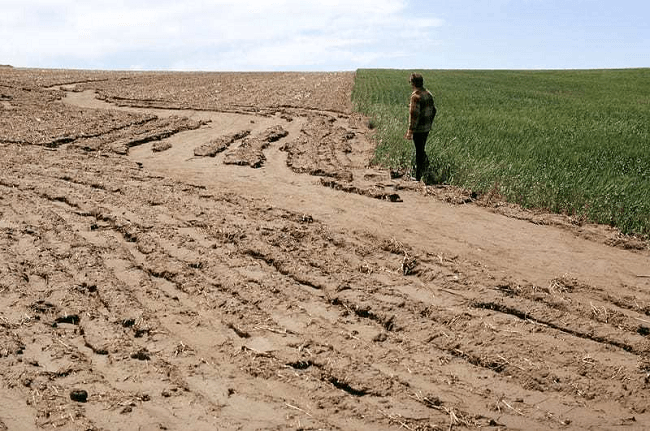
Erosion can significantly impact the environment, leading to soil loss, land degradation, and negative consequences for ecosystems and human populations. Understanding these impacts is crucial for developing effective erosion control measures and mitigating the negative effects of erosion. Soil loss is one of the most significant impacts of erosion. When soil erodes, it becomes less fertile and unable to support plant growth. The consequences of erosion can manifest as reduced crop productivity, food insecurity, and economic losses for farmers and the agricultural industry. Soil erosion can also increase sedimentation in rivers and lakes, harming aquatic ecosystems and reducing water quality. Land degradation is another significant impact of erosion. As soil erodes, the land becomes less stable and more vulnerable to landslides and other natural disasters. The adverse effects of erosion can result in property damage, infrastructure loss, and heightened risks for human populations. Land degradation can also lead to the loss of biodiversity and ecosystem services, such as pollination and carbon sequestration, which are critical for maintaining a healthy environment. Erosion can also have social impacts, particularly for vulnerable populations. In areas with high levels of erosion, such as arid and semi-arid regions, communities may need help accessing water and other resources. Soil erosion can also lead to increased migration as people are forced to relocate due to land degradation and reduced agricultural productivity. In summary, erosion can significantly impact the environment, leading to soil loss, land degradation, and harmful consequences for ecosystems and human populations. Therefore, it is crucial to implement effective erosion control measures, such as adopting sustainable land use practices, planting vegetation, and managing construction activities, to mitigate these impacts and promote a sustainable future. Prevention and Mitigation of Erosion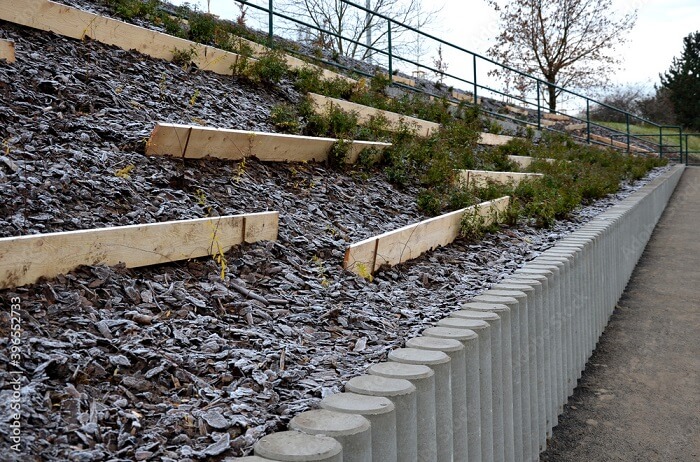
Preventing and mitigating erosion is essential for protecting the environment and ensuring the sustainability of natural resources. Various strategies and techniques can be implemented to avoid erosion and reduce its impacts. One of the most effective strategies for preventing erosion is the implementation of sustainable land use practices, which can involve planting vegetation, utilizing cover crops, and minimizing tillage to enhance soil structure and reduce surface runoff. Additionally, adopting sustainable land use practices may entail decreasing the number of impervious surfaces, such as roads and buildings, which can contribute to increased runoff and erosion. Another effective strategy for preventing erosion is implementing erosion control measures such as terracing, contouring, and retention ponds. Terracing involves creating flat areas on a sloping landscape, which can help to slow down surface runoff and reduce erosion. Contouring involves creating ridges and furrows along the contour of the landscape to help slow down surface runoff and reduce erosion. Retention ponds can also be used to store excess water and reduce the amount of surface runoff. Maintaining and restoring natural vegetation is another effective strategy for preventing erosion. Trees, shrubs, and grasses are vital in preventing decay by stabilizing soil and absorbing water. Restoring natural vegetation in areas that have been deforested or degraded can help to reduce erosion and restore ecosystem services. Construction activities can also implement erosion control measures such as sediment barriers and silt fences to reduce the impact of construction activities on erosion. Implementing effective erosion control measures during construction activities can reduce the impact of construction on the decline and reduce the risk of sediment runoff. In conclusion, preventing and mitigating erosion is essential for protecting the environment and ensuring the sustainability of natural resources. Implementing sustainable land use practices, erosion control measures, and restoring natural vegetation are all effective strategies for preventing erosion and mitigating its impacts. By implementing these strategies, we can protect the environment and ensure a sustainable future for future generations. Conclusion: The Importance of Addressing Erosion in a Changing World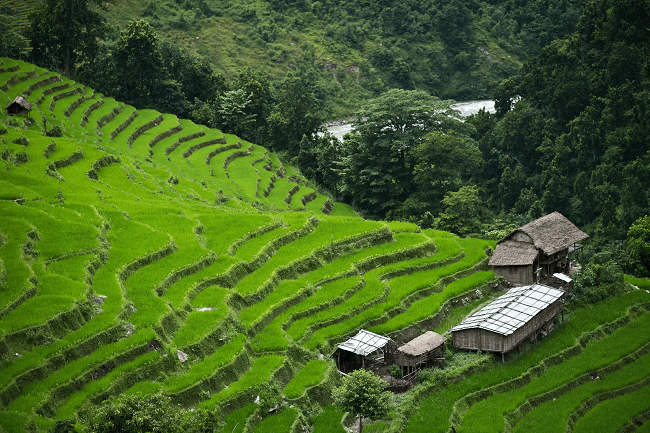
Erosion is a natural process that has shaped the Earth's surface for millions of years. However, human activities have accelerated erosion rates, leading to significant environmental impacts, including soil loss, land degradation, and negative consequences for ecosystems and human populations. Addressing erosion has become more critical as the world faces climate change, population growth, and urbanization challenges. Effective erosion control measures are essential for mitigating erosion impacts and protecting the environment. Sustainable land use practices, erosion control measures, and restoring natural vegetation are all effective strategies for preventing erosion and mitigating its impacts. Implementing these strategies can protect the environment, ensure a sustainable future, and promote economic and social well-being. Addressing erosion is particularly crucial in the face of climate change, which is expected to lead to more frequent and severe weather events, such as floods and droughts. Climate change is also likely to exacerbate erosion rates in some regions, leading to more soil loss, land degradation, and negative consequences for ecosystems and human populations. Therefore, it is essential to develop and implement effective erosion control measures that can withstand the impacts of climate change. In conclusion, addressing erosion is crucial for protecting the environment, promoting economic and social well-being, and ensuring a sustainable future. Sustainable land use practices, erosion control measures, and restoring natural vegetation are all effective strategies for preventing erosion and mitigating its impacts. As the world faces unprecedented challenges, including climate change and population growth, it is more important than ever to prioritize erosion control measures and work together to protect the environment and ensure a sustainable future for future generations.
Next TopicMedical Coding Definition
|
 For Videos Join Our Youtube Channel: Join Now
For Videos Join Our Youtube Channel: Join Now
Feedback
- Send your Feedback to [email protected]
Help Others, Please Share










